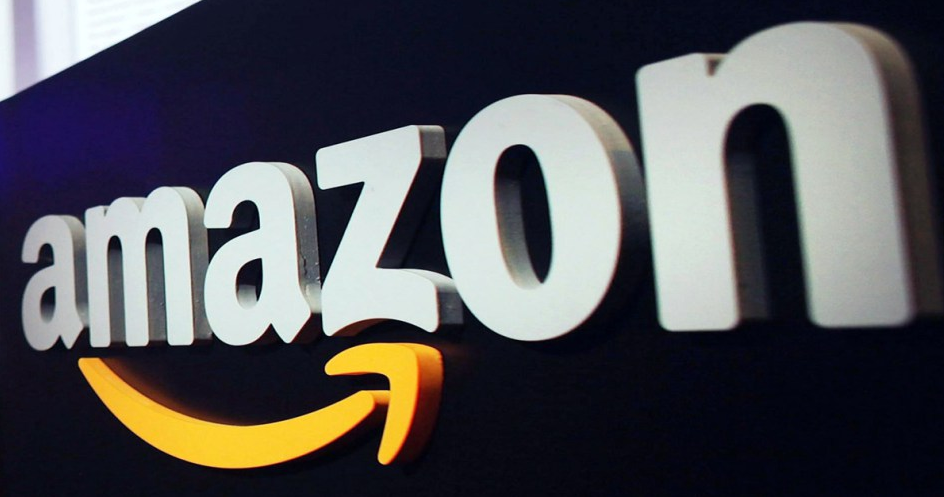Competing with, not against, Amazon is the only solution for Aussie retailers
While Amazon’s impact on Australia’s retail industry will be undeniable, Medallia’s Zach Hotchkiss believes there’s a lot more bricks and mortar stores still have to offer.
The wait is (nearly) over. The much-speculated and highly-anticipated arrival of Amazon is just around the corner, with the online retail giant expected to launch in time for the Black Friday or Cyber Monday sales.
Many Australian retailers have been eyeing the much-vaunted debut of the shopping behemoth for some time and putting plans in place to take it on at its own game and for good reason. It’s hard not to see the impact of Amazon’s success across the globe; shopping malls are struggling, bookstores have closed, and big box stores are becoming showrooms for e-tailers.

The arrival of the world’s largest online retailer will fundamentally disrupt the shopping environment in ways not experienced in Australia before. Those retailers who once thought they were beyond Amazon’s reach – supermarkets, for example – are (or will soon be at least) experiencing its disruption. Amazon’s scale and mission is reshaping the retail industry – from supply chains to customer expectations – and no one, even luxury players, is immune to the effects.


Amazon bankrupts its suppliers of successful products then sells those products as their own. Buyers benefit but retailers who use Amazon and have initial success get their accounts suspended so they go broke then Amazon takes over their product line.